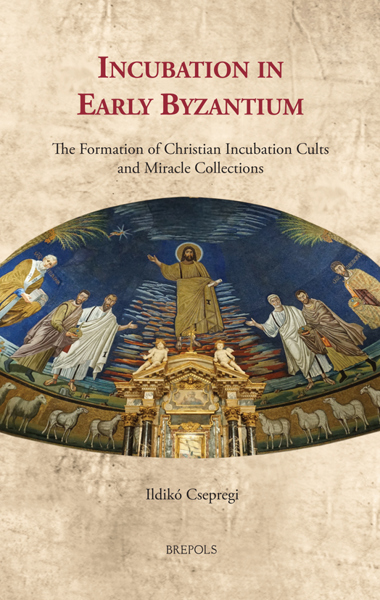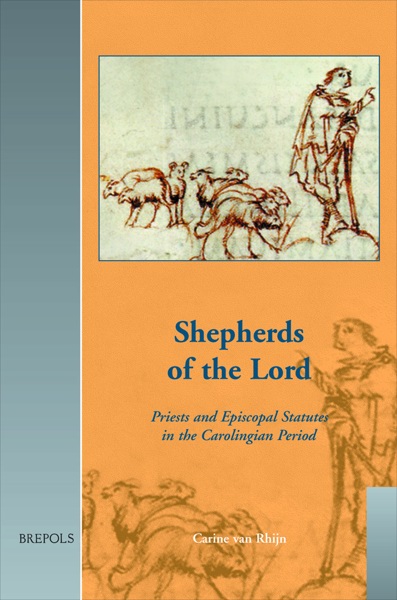
Incubation in Early Byzantium
The Formation of Christian Incubation Cults and Miracle Collections
Ildiko Csepregi
- Pages: 328 p.
- Size:156 x 234 mm
- Language(s):English
- Publication Year:2024
- € 105,00 EXCL. VAT RETAIL PRICE
- ISBN: 978-2-503-60660-6
- Hardback
- Available
- € 105,00 EXCL. VAT RETAIL PRICE
- ISBN: 978-2-503-60661-3
- E-book
- Available
Through analysis of healing cults and miracle collections, this study explores the phenomenon of incubation (temple sleep) in the transition from classical religion to early Christianity.
"Csepregi’s volume will be indispensable for scholars of Byzantine religion, late antique narrative, and the cultural history of healing. In addition to addressing a significant gap in the literature, it offers an analytical framework for investigating how religious traditions adopt, modify, and endorse inherited ritual technologies. What results is a thoroughly documented and nuanced account of interpretation that will be a fundamental source of information for further study." (Edmund P. Cueva, in The Medieval Review, November 2025)
Ildikó Csepregi (University of Vigo, History department) is a historian of religion, who trained as a Classicist and a medievalist. In the past 20 years she has researched and published on various aspects of ritual healing and the cult of the saints, including pilgrimages, illness narratives, non-medical healing, miracle accounts, the hagiography of doctor saints, and canonization. Her last major publication is the Latin-English edition of miracles of Saint Margaret of Hungary.
Incubation (temple sleep) was a well-known ritual in the Near East and became increasingly popular in Classical and Hellenistic Greece, becoming attached to Asclepius and other divinities. It flourished in the Eastern Mediterranean, where it was encountered by the emergent Christianity. Temple sleep was so widespread that it was impossible to ban. The Christianization of the incubation ritual was thus a detailed and lengthy (but successful) process that encompassed several aspects of the Church’s self-definition, including important social and theological issues of the era. The list of relevant issues is extensive: the fate of Greek temples and the reinterpretation of sacred space, confronting Hippocratic medicine, and the learned Greek intelligentsia. Since disease and a search for cure is a ubiquitous human need, the early Church embraced a healing ministry, in secular terms as well as in ritual healing. Incubation records show how the Church viewed dreams, conversion, or the notions of magic and divination. All these come within the framework of writing miracles: the transformation of the cult was thus incorporated into standard Church discourse, from ritual practice to proper literary genres.
This first comprehensive monograph on Christian incubation examines the rich material of all the relevant Greek miracle collections: those of Saint Thecla, Cyrus and John, the different versions of Saint Cosmas and Damian and saint Artemios, as well as the minor incubation saints, As a result, it unfolds the transformation of healing sites and practices related to dreams as they spread across Byzantium, from rural Asia Minor to Constantinople and Alexandria.
Introduction
Part I. Cults and Records
Chapter 1. Greek Incubation and its Aftermath
Chapter 2. The Literary Background of the Collections
Chapter 3. Christian Incubation Saints: Their Cult Sites and Miracle Records
Part II. Sources
Chapter 4. Material Sources
Chapter 5. Oral Tradition
Chapter 6. The Hagiographers
Part III. Stories
Chapter 7. Compositional Structure in the Miracle Collections
Chapter 8. Narrative Techniques and Variants of Dream Stories
Chapter 9. Dreaming about Doctors
Chapter 10. Mirroring Society and its Beliefs
Conclusion
Bibliography
Index




